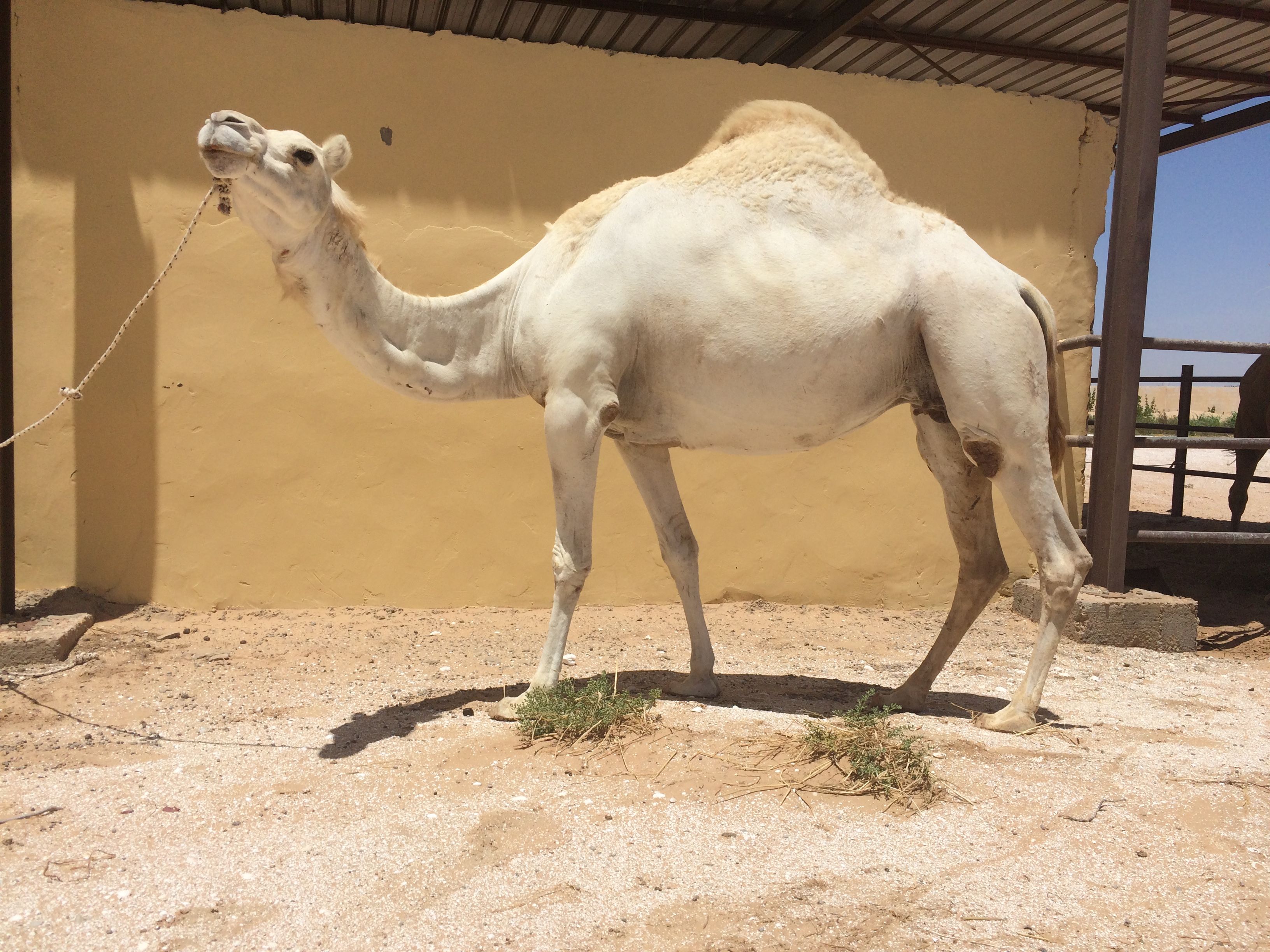Comparación de fenotipos de camélidos de Mauritania con eco tipos de Africa y de Asia
DOI:
https://doi.org/10.19182/remvt.31948Palabras clave
Camelus sp., dromedarios, medición del cuerpo, fenotipos, ecotipos, variación genética, MauritaniaResumen
Con el fin de evaluar la diversidad fenotípica camélida en Mauritania, se realizaron medidas corporales en 131 camellas adultas llevadas en el matadero de Nouakchott, animales provenientes del conjunto del territorio mauritano. Las medidas corporales fueron, en promedio (en cm) de 51,5 ± 2,0 (longitud de la cabeza), 21,5 ± 1,5 (ancho de la cabeza), 108,4 ± 6,6 (longitud del cuello), 65,6 ± 4,9 (circunferencia del cuello), 184,7 ± 8,1 (altura a la cruz), 197,8 ± 8,2 (circunferencia del tórax), 147,1 ± 9,3 (longitud corporal) y 76,8 ± 5,2 (circunferencia del muslo). Mediante una clasificación automática, fue posible identificar cinco fenotipos de animales desde un tamaño pequeño, de complexión pequeña y con un cuello fino y corto, hasta animales esbeltos de gran tamaño, pasando por complexiones de tamaño mediano, diferenciados por el espesor de la cabeza o de los miembros. Al comparar con los datos de la literatura, estos fenotipos parecen próximos de las razas descritas en los países del Magreb y más globalmente a las razas africanas, y se oponen a las razas
asiáticas, más grandes y productivas. La variabilidad de los fenotipos mauritanos se reveló de baja amplitud, lo que puede explicarse por la posición de Mauritania, en la extremidad occidental del área de distribución del dromedario en Africa, zona de importante mezcla genética, con poca divergencia debido a la topografía del país.
Descargas

Descargas
-
Resumen940
-
PDF (Français)329
Publicado
Cómo citar
Número
Sección
Categorías
Licencia
© A.K.M.Diop et al., publicado por CIRAD 2020

Esta obra está bajo una licencia internacional Creative Commons Atribución 4.0.





